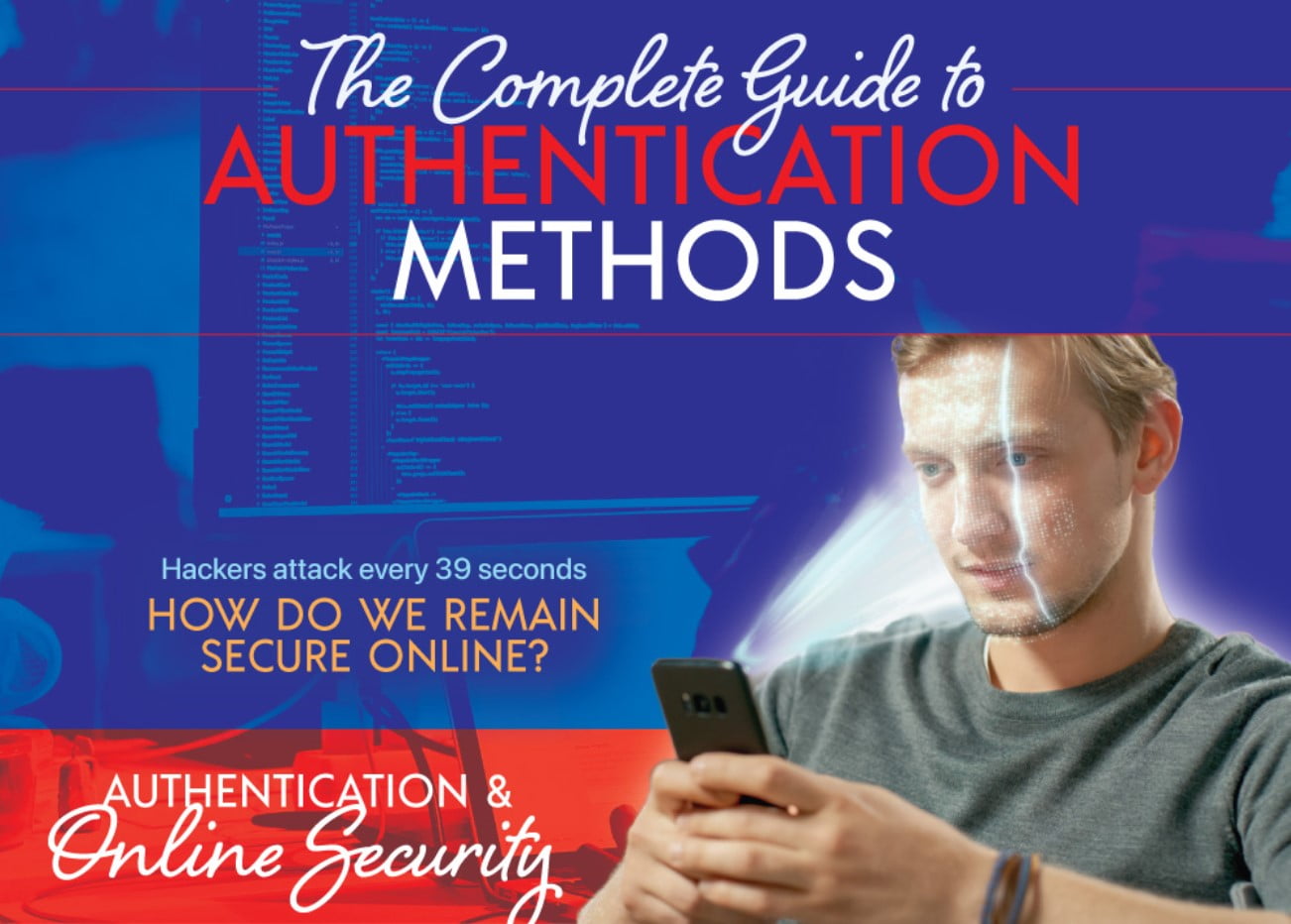Security is more important than ever – there has been a marked increase in hacking and phishing activity since the start of the pandemic, and this has shown us that we aren’t prepared for cyber threats just as we weren’t ready for a pandemic. The uptick in BYOD and working from home has left us all vulnerable, and in fact 81% of security incidents are due to insecure or weak passwords. Passwords just don’t do enough to protect our devices, and it’s time we start looking at other security measures.
Q3 2020 hedge fund letters, conferences and more
The Problem With Multi Factor Authentication
For a while the best way to secure our devices and accounts was through multi factor authentication. After inputting our login credentials - a username and a password - we would be promoted to answer security questions as an additional layer of security. There’s just one problem - both the passwords and the security questions rely on shared secrets, and currently there are more than 15 billion stolen credentials for sale on the dark web.
If shared secrets and stolen credentials are such a problem, why are so many people still using usernames and passwords to protect their devices and accounts?
There are a few newer, more secure methods for securing devices and accounts. One of the most popular and user-friendly is biometric authentication, in which your fingerprints or face are used as a login in lieu of a password and username. There are a few reasons why this is more secure. First, while these authentication methods have been shown to be easy to fool, it requires close proximity to the device in question as well as the person who owns it. Second, it is simple enough that people can use it without fail, which is a hallmark of a good security option.
Asymmetric Cryptography To The Rescue
Other security options, like one time use passwords or password links or even voice calls to authenticate a user are only slightly more secure than password and username combos. They are difficult to use and can easily be intercepted and redirected, making them ineffective.
Authentication methods that don’t rely on shared secrets and that are easy for the user to employ are going to be the safest, and this is where asymmetric cryptography comes in. This type of authentication relies on a security certificate on the user’s device and that certificate is authenticated by a number of other factors including device geographical location, device security posture, IP address, and more.
Learn more about the security of different authentication methods from the infographic below.







